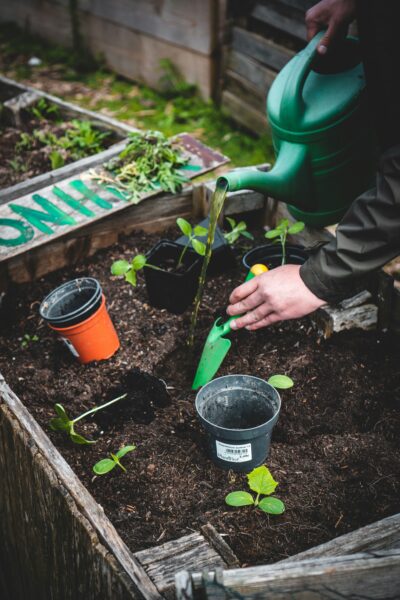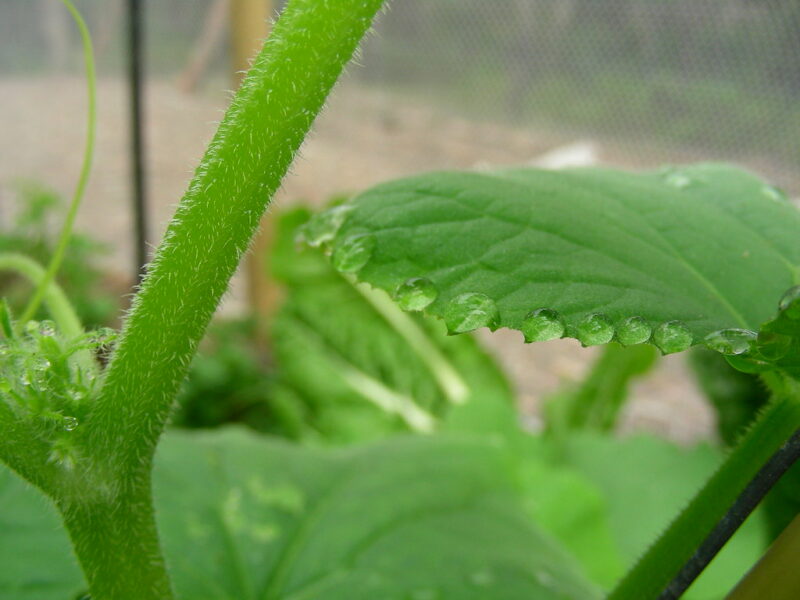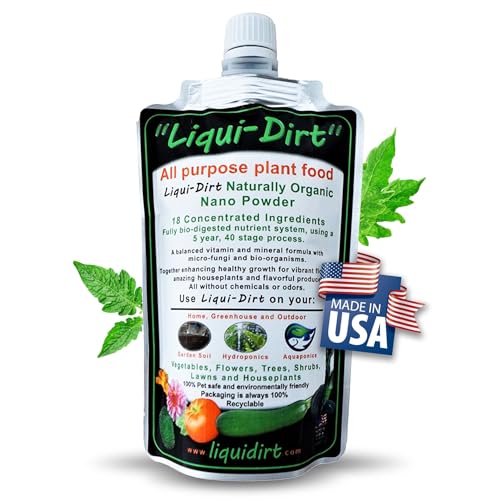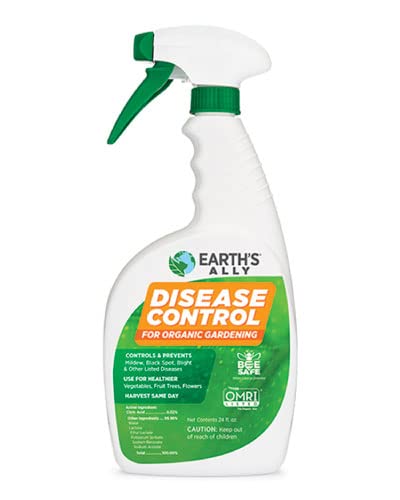
Cucumber leaves turning yellow is a problem that can leave gardeners scratching their heads. Whether you're new to gardening or a seasoned planter, yellowing leaves often signal an underlying issue that needs attention. Let’s explore the most common culprits and, more importantly, how you can fix them.
Cucumber plants are picky about water—too much or too little can lead to yellowing leaves. Striking that perfect balance is key.

Cucumbers thrive in sunlight, but even they can get sunburned. If your plants are getting over six hours of intense, unfiltered sunlight daily, yellow and scorched leaves may follow.
Solution: Use a shade cloth to block the harshest afternoon rays or relocate potted plants to an area with partial shade. The balance between sunlight and cooling shade can work wonders.
For additional insight on diagnosing cucumber plant issues, consider visiting Cucumber Leaves Turning Yellow? Here’s What You Need to Know.
Cucumber leaves often turn yellow because they’re not getting the right nutrients. Here's how to identify and treat some common deficiencies:
| Deficiency | Symptoms | Solution |
|---|---|---|
| Nitrogen | Slower growth, uniform yellow leaves | Apply a balanced fertilizer or liquid kelp spray |
| Potassium | Yellow aging leaves with scorched edges | Use a fertilizer labeled for potassium |
| Iron | Pale yellow newer leaves with green veins | Apply iron-rich fertilizers |
Start by testing your soil so you know which nutrient is lacking. Adding compost or an all-purpose NPK fertilizer before planting can help prevent deficiencies altogether.
Yellow leaves can be an SOS signal for pest or disease infestations. Here’s what to look for:
For further guidance, check out more on How to Prune Cucumber Plants, which may also aid in maintaining plant health.
Solution: Prune and discard infected leaves as soon as you spot them. For bugs, spray leaves with insecticidal soap or introduce natural predators like ladybugs. If your plant has CMV, sadly, you’ll need to remove and dispose of the entire plant (don’t compost it!).
If the older, lower leaves are turning yellow while the newer ones look lively, don’t panic—it might just be nature’s way. As cucumber plants mature, they prioritize newer growth, letting older leaves die off. Simply snip off the aging leaves to keep the plant looking tidy.
A little proactive care can go a long way in keeping your cucumber leaves green and thriving:
Now that you're armed with these solutions, it’s time to give your cucumber plants the TLC they need. Spot the issue, act early, and before you know it, you’ll be back to growing lush, green, and productive cucumber plants.
For comprehensive information on common cucumber problems, refer to this resource.
Have you battled yellowing cucumber leaves before? Share what worked for you in the comments below—we’d love to hear your tips!

LiquiDirt All Purpose Organic Fertilizer is a versatile, balanced nutrient solution designed for a wide range of plant types, including indoor, outdoor, and hydroponic systems. This eco-friendly, all-natural formula promotes healthy growth by providing essential vitamins, minerals, and microorganisms. Ideal for enhancing the vigor of flowers, vegetables, trees, and lawns, LiquiDirt supports sustainable gardening and plant care.

The Sarasota Green Group Disease Control is a specialized product designed to effectively manage and prevent plant diseases. It provides targeted protection for lawns, gardens, and landscapes, utilizing environmentally friendly ingredients to safeguard plants without harming the surrounding ecosystem. Ideal for both novice gardeners and experienced horticulturists, this product ensures healthier plants through its easy application and reliable results.
As you embark on the journey to rescue your cucumber plants and restore their leafy vibrance, remember that gardening is a path of continuous learning and growth. If you have any questions or would love to share your gardening triumphs and tribulations, I'd be thrilled to connect with you! You can follow our garden adventures and tips on Pinterest or dive into our daily plant-inspired stories on Instagram. For those who enjoy a good garden chat, why not join the conversation on X (formerly Twitter) or find more in-depth discussions on our Facebook page? We love hearing from fellow gardening enthusiasts, so don't hesitate to reach out. Here's to thriving gardens and many more green moments together! 🌱
Cucumber plants are known for their high nutrient demands, and yellowing leaves often indicate a lack of nutrients. To address this issue, consider using organic fertilizers such as blood meal or potassium. These can effectively help restore the vibrant green color of your cucumber plant's leaves.
Cucumber plants that receive too much water are at risk of developing root rot. Initial indicators include the top leaves wilting, becoming yellow, and eventually falling off. As the situation worsens, these symptoms can progress downward along the vines, ultimately leading to a complete loss of leaves and plant death.
Cucumbers are rapid growers and require consistent care to thrive. Ensure the soil remains consistently moist by providing about an inch of water each week, increasing the amount during hot, dry spells. Insufficient or irregular watering may result in cucumbers with unusual shapes or less desirable flavors.
